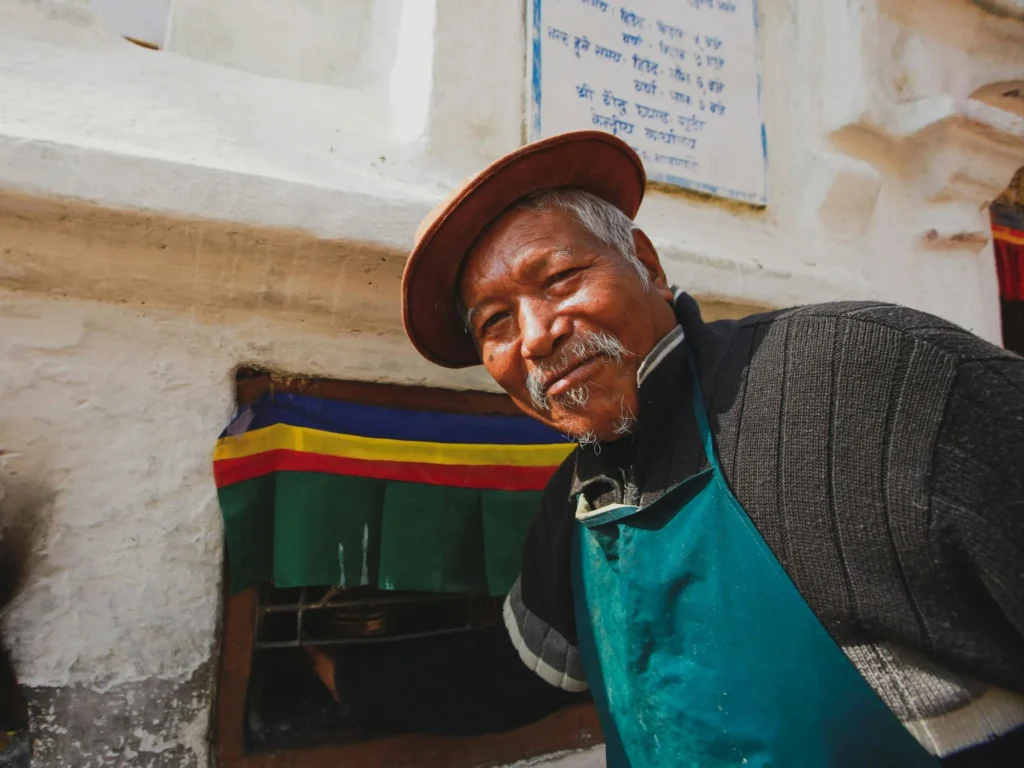
Conrad Peutinger II, introduced into the world in 1475, is an first-rate determine in early modern European records. While he might not be quite a good deal as generally perceived as his distinguished progenitor, the Life and Tradition of Conrad Peutinger II (1475), Peutinger II made big commitments to map making and the advancement of geographic statistics in the course of the Renaissance. This article dives into his existence, works, and the that means of his heritage, while moreover resolving some a lot of the time posed inquiries about his commitments.
Early Life and Foundation
Conrad Peutinger II turned into clearly delivered to a family that esteemed schooling and lifestyle. His precursor, Conrad Peutinger I, turned into a conspicuous humanist and a critical discern in the court of the Heavenly Roman Head Maximilian I. The senior Peutinger was regarded for his massive library and his commitments to the fields of writing and geology, which set areas of strength for an established order for his household.
Experiencing childhood in this rich climate, Peutinger II was supplied to a extensive show off of instructional pursuits, from conventional writing to springing up logical mind. The Renaissance become a period of remarkable scholarly interest, and the more youthful Peutinger at once fostered an enthusiasm for topography, mainly the uniqueness of mapmaking. His schooling likely protected openness to old style texts by using antique geographers like Ptolemy and Strabo, in addition to modern works that were reshaping European comprehension of the sector.
Contributions to Cartography
Peutinger II is maximum popular for his devotion to map making and his endeavors to work on the exactness and pertinence of publications for the duration of a duration of developing European research. His paintings was portrayed by using a yearning to integrate antique style geological information with cutting-edge comprehension.
One of his maximum superb accomplishments became his commitment to the Tabula Rogeriana, a international guide made by using the Middle Easterner geographer Muhammad al-Idrisi inside the twelfth 100 years. The first guide changed into an exquisite paintings that portrayed the well explored areas of the planet, particularly zeroing in on the Mediterranean and Europe. Peutinger II tried to refine and refresh this manual, coordinating new geographic revelations and contemporary records into its plan.
His endeavors completed within the production of the Tabula Peutingeriana, a vast guide that crossed extra than 22 feet and represented the Roman Domain and its regions in top notch subtlety. Dissimilar to current guides which might be often attracted to scale, the Tabula Peutingeriana is an all encompassing portrayal that focuses on the network of streets and delivery lanes over specific geological extents. This manual now not just crammed in as a beneficial path device for explorers and shippers yet moreover as a verifiable document that portrayed big urban communities, shipping lanes, and exclusive milestones of importance to the Roman Domain.
The Tabula Peutingeriana: A Closer Look
The Tabula Peutingeriana is great for its size in addition to for its creative fine. It consists of an abundance of facts, along with delineations of mountains, waterways, and concrete communities, alongside factors that supply putting to the spots portrayed. The guide is partitioned into fragments that examine to diverse districts of the Roman Domain, making it more trustworthy for customers to explore the intricacies of the world’s geology.
This paintings became specifically sizeable in whilst the rediscovery of conventional statistics was empowering Europe. The Renaissance become portrayed by means of a restored hobby in old texts, and the Tabula Peutingeriana filled in as an extension among the conventional world and the springing up current age. By integrating antique geographic facts into his courses, Peutinger II aided lay the idea for destiny headways in map making.

Influence on Geographic Thought
Peutinger II’s effect reached out past easy mapmaking; he brought to a greater sizable comprehension of geology and its tips for route, change, and research. His guides gave an status quo to later map makers, allowing them to extend upon his paintings and further refine how they may interpret the sector.
His manner to deal with geology reflected the Renaissance soul of request, wherein researchers tried to cope with, check out, and figure out the sector in new methods. By wedding traditional statistics with modern-day revelations, Peutinger II had the option to create works that have been both usually rich and pertinent to the real factors of his time. This approach become pressing as European powers wandered into bizarre domain names at some stage in the Period of Investigation, prompting a greater massive comprehension of world geology.
Educational Advocacy
Notwithstanding his commitments to map making, Conrad Peutinger II was an enthusiastic promoter for education. He comprehended the significance of spreading information to inspire scholarly improvement among the overall populace. His responsibility to education should be visible thru his help of different researchers and his contribution in instructive drives.
Peutinger II widespread that training become important to cultural advancement and that a very lots educated populace turned into fundamental for the headway of information and way of life. He efficaciously upheld researchers and scientists, giving them the assets and assist vital to are looking for after their work. His obligation to education mirrored a greater sizable sample throughout the Renaissance, wherein humanist ideals stressed the importance of mastering and the development of the brain.
Challenges and the Historical Context
In spite of his commitments, Conrad Peutinger II faced difficulties at some point of his lifetime. The late 15th and mid 16th loads of years were times of critical disturbance in Europe, set aside via strict struggles, political shakiness, and the begin of the Transformation. These activities influenced the scholarly scene, as normal focuses of getting to know had been examined and groundbreaking thoughts started to get up.
Moreover, the ascent of patriotism and the growing significance of united states states made any other setting for topographical comprehension. As international locations looked to nation their characters and extend their domain names, the requirement for exact guides have become critical. Peutinger II’s paintings gave fundamental belongings that labored with this research and u . S . Constructing.
Conclusion: The Life and Tradition of Conrad Peutinger II (1475)
Conrad Peutinger II’s heritage, but less celebrated than that of his ancestor, remains huge within the domains of map making and education. His innovative way to address geology and devotion to the spread of facts reflect the unique soul of the Renaissance. Understanding figures like Peutinger II enhances our enthusiasm for the period’s scholarly scene and its persevering thru affect on our cutting facet international. Through his publications and help for schooling, Peutinger II explored the intricacies of his revel in as well as aided form the eventual fate of geographic facts.
For More: The Life and Tradition of Conrad Peutinger II (1475)



